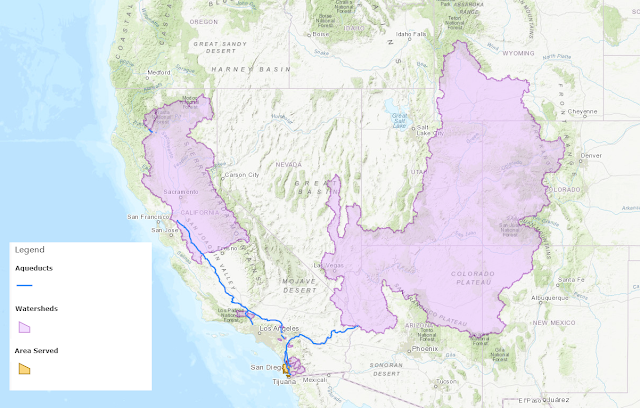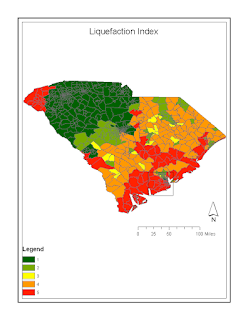
Our final project was an independent poster designed to solve a problem of our choosing. The issue I decided to address was biking in Auburn, AL and the possible benefits that could come with it. In large, the poster displays the project itself, but the take home message from it all is that by designing safer biking roads in a proactive manner, we can also create ecosystem services such as carbon sequestration, water filtration and retention, and beautify auburn by incorporating green infrastructure into its design. Auburn has already mentioned in the city council meeting at the end of 2016 that they intend to not only work on transportation in the city of Auburn, but also intended on repaving bike ways and roads as things stand. Why not take it a step further and make Auburn a model in green infrastructure?



